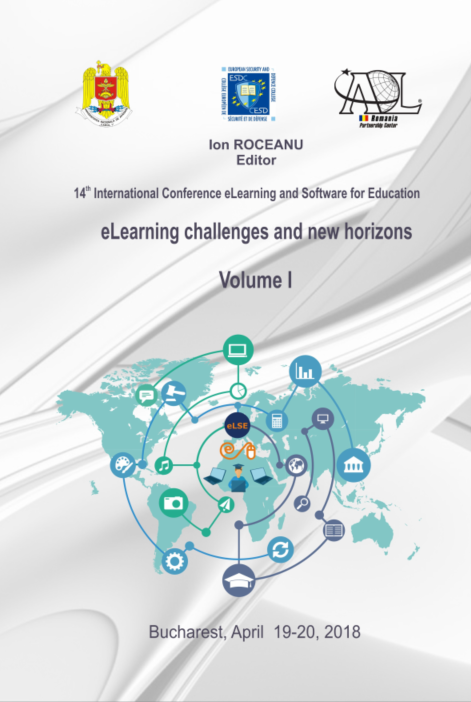Designing New Learning Scenarios for Multi-Campus Large Classes in Mathematics
Designing New Learning Scenarios for Multi-Campus Large Classes in Mathematics
Author(s): George Adrian Stoica, Robin StøckertSubject(s): Social Sciences, Education
Published by: Carol I National Defence University Publishing House
Keywords: learning management systems features; flipped learning; blended learning; multi-campus course;
Summary/Abstract: NTNU (Norwegian University of Science and Technology) has expanded into the largest university in Norway after a fusion process involving 3 other higher education institutions. Today it consists of three campuses located in Trondheim, Ålesund and Gjøvik. The three locations are situated from each other at large enough distance so as to make commuting impractical. An introductory course in mathematics is taken by large numbers of students admitted to all three locations – that is about 500 to 600 in Trondheim and 100-150 in the other two locations. The paper investigates the different strategies and elements that might be included in order to obtain a good learning scenario which supports synchronized multi-campus class interaction and teaching. Some of the elements to be taken into consideration are: good planning, production, adaption and distribution of teaching materials, learning management systems features, flipped learning, blended learning, real-time feedback / monitoring / assessment of the students, training and support for both students and teachers. The individual elements can take many forms. For example, teaching materials could be small instructional videos, three dimensional simulations depicting function graphs and surfaces, micro lectures and quizzes and so on. The main aim of the designed learning scenario is to bridge the geographical gaps by applying a novel blend of pedagogy and technology in order to create and support a learning space which enables students’ active learning and promotes efficient cross campus collaboration and communication. One important pillar of the design is the PST (Pedagogy – Space - Technology) framework which can be used in the whole process starting with design and continuing with the implementation, use and evaluation.
Journal: Conference proceedings of »eLearning and Software for Education« (eLSE)
- Issue Year: 14/2018
- Issue No: 01
- Page Range: 495-500
- Page Count: 6
- Language: English

